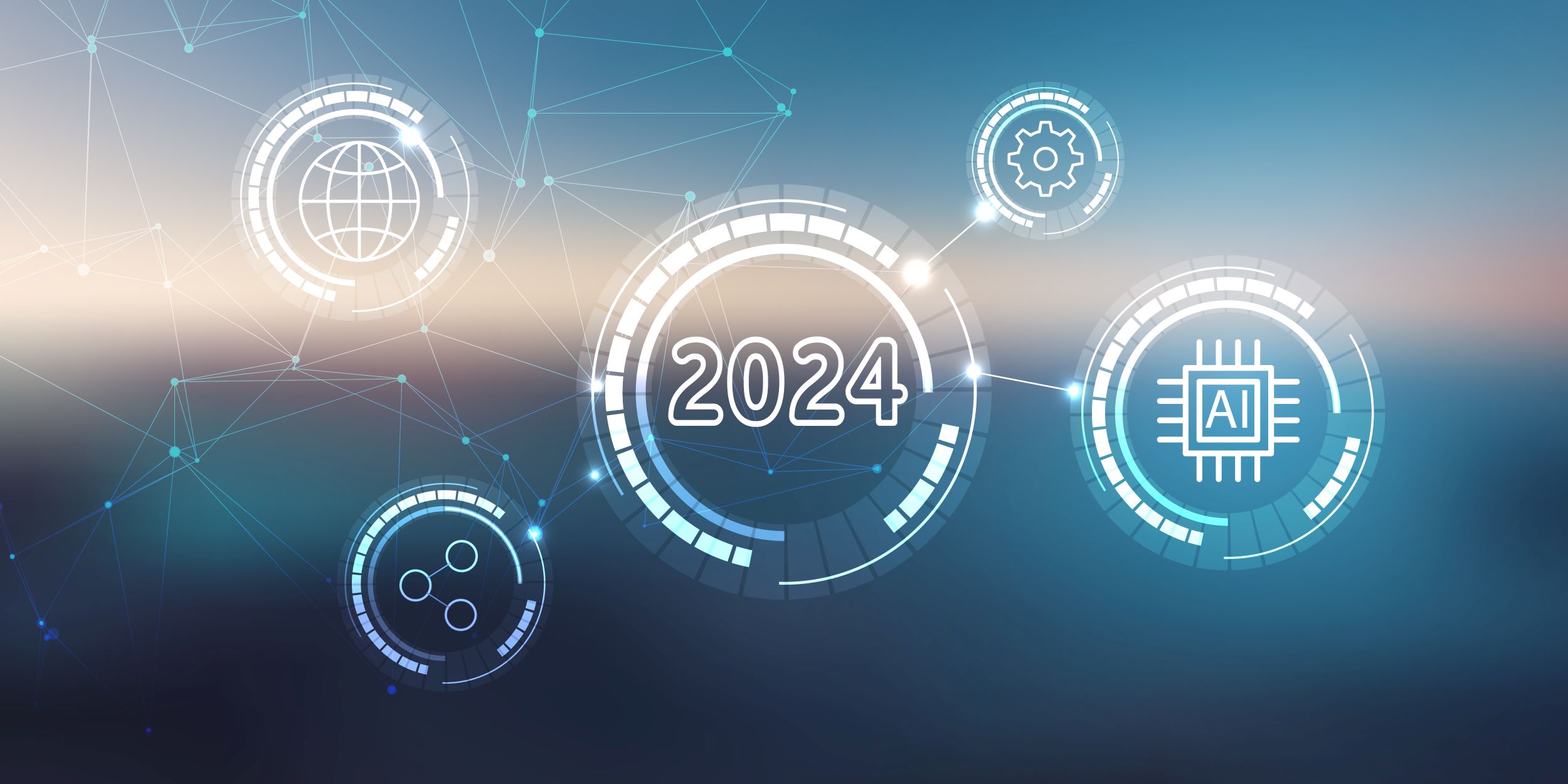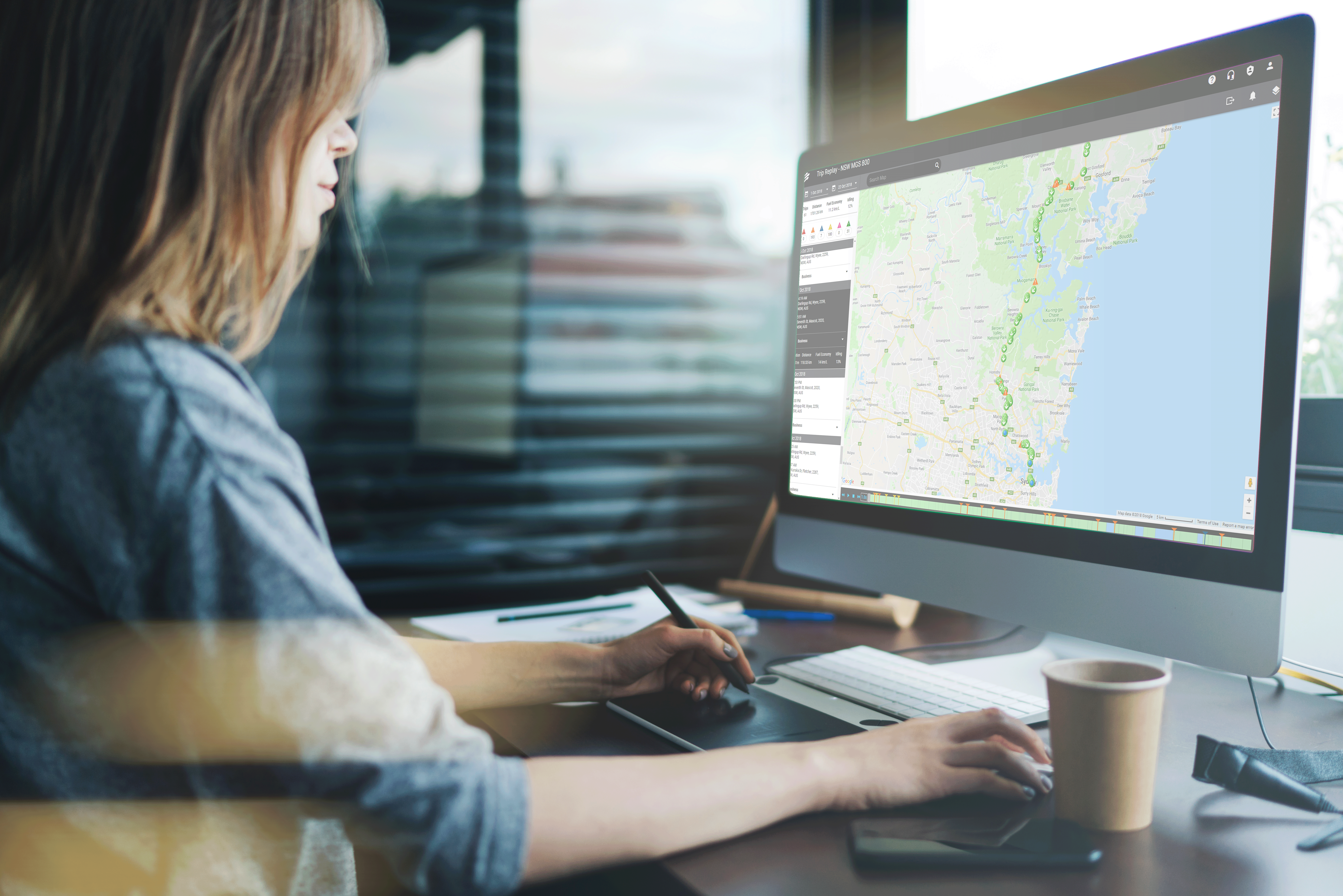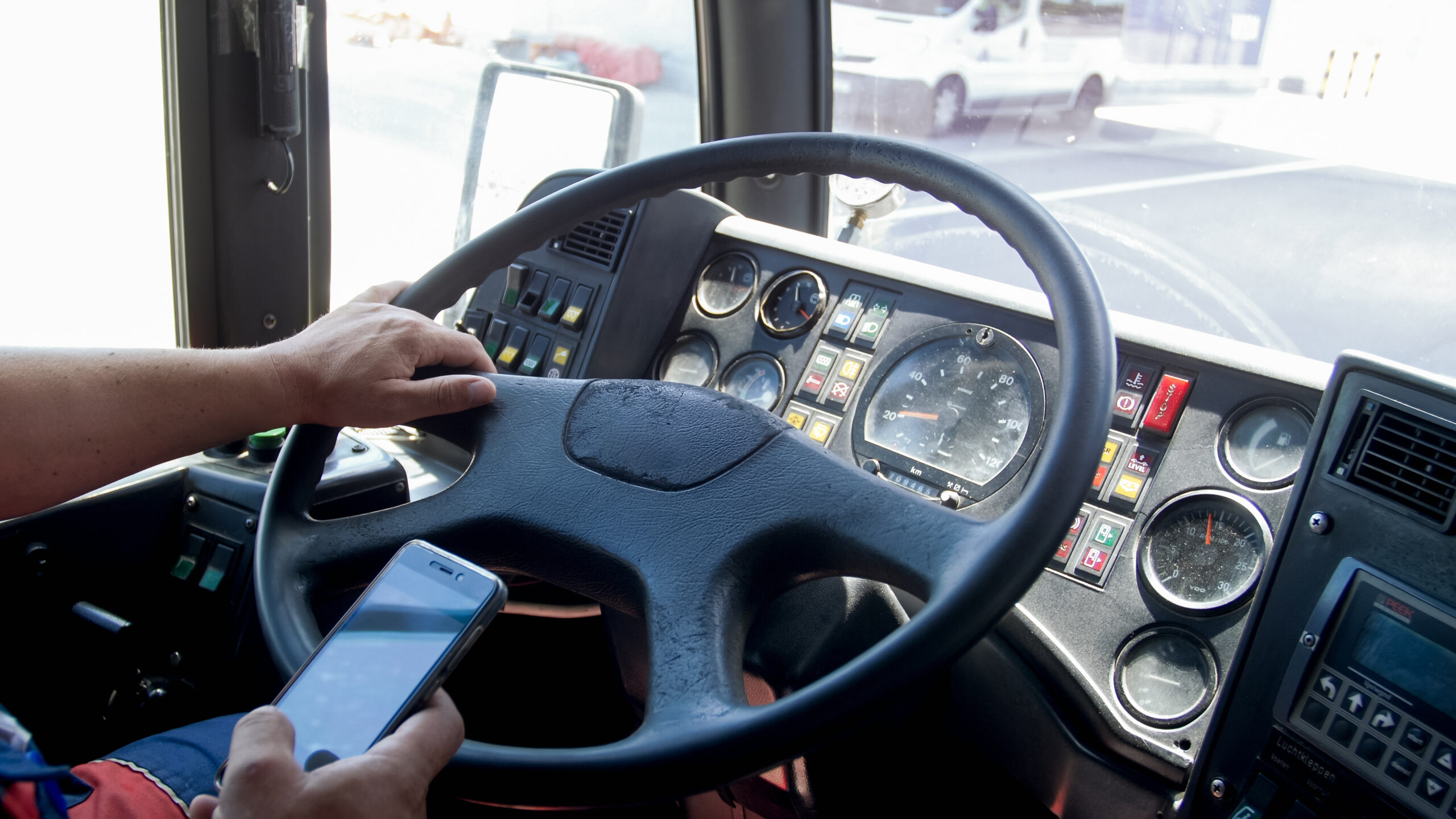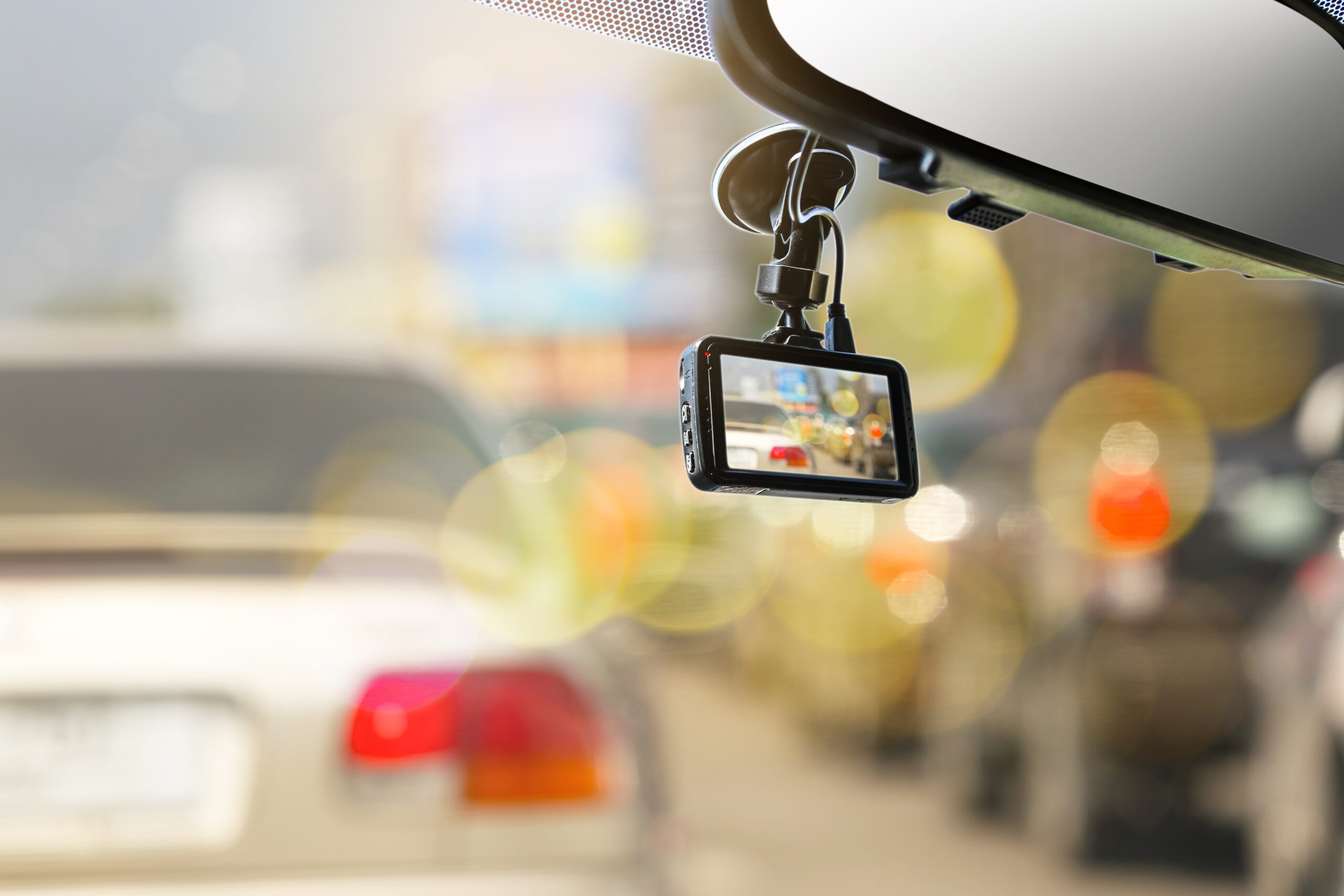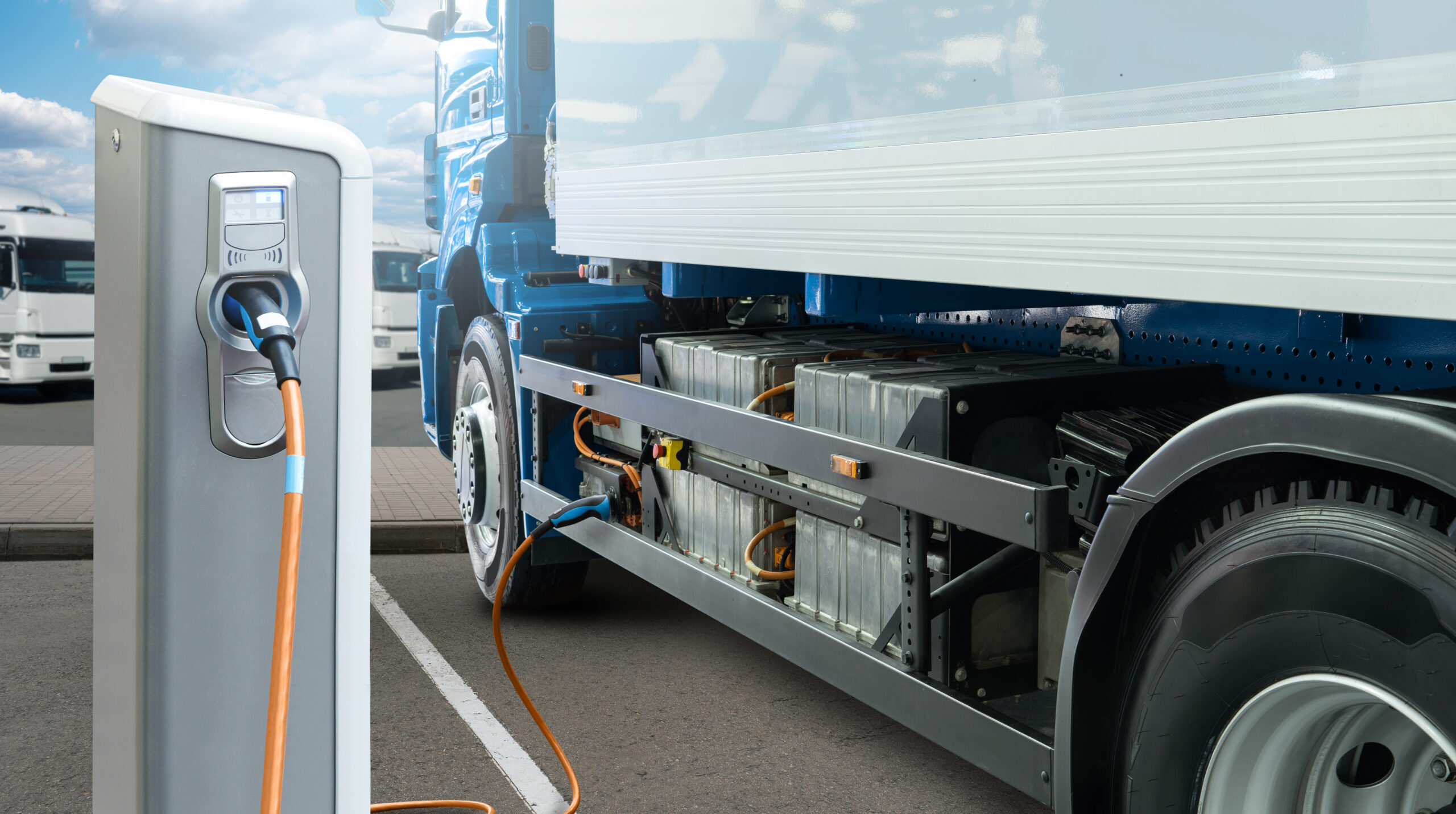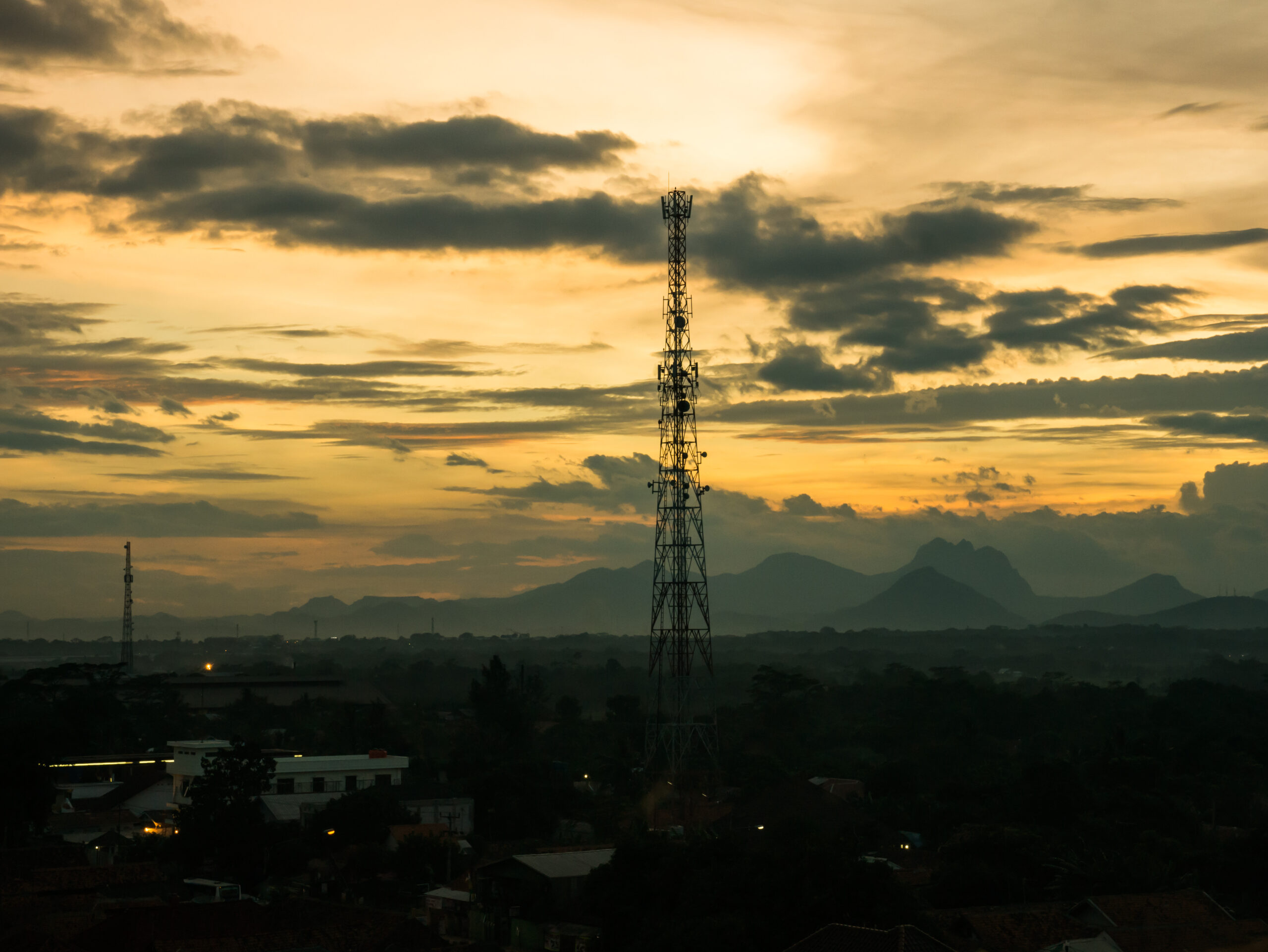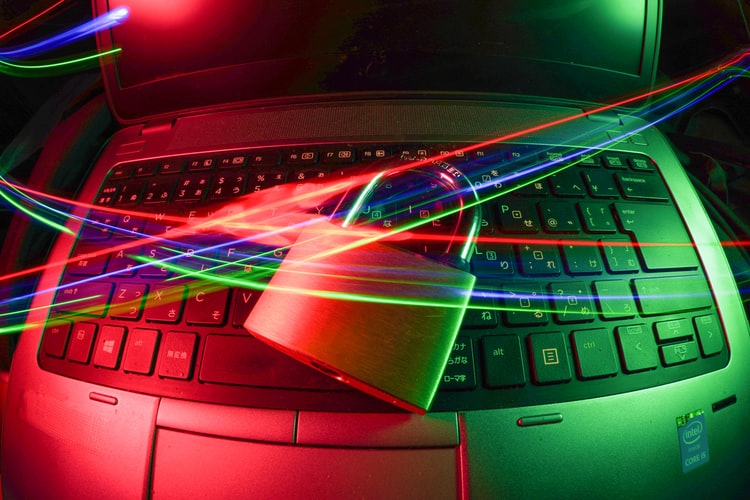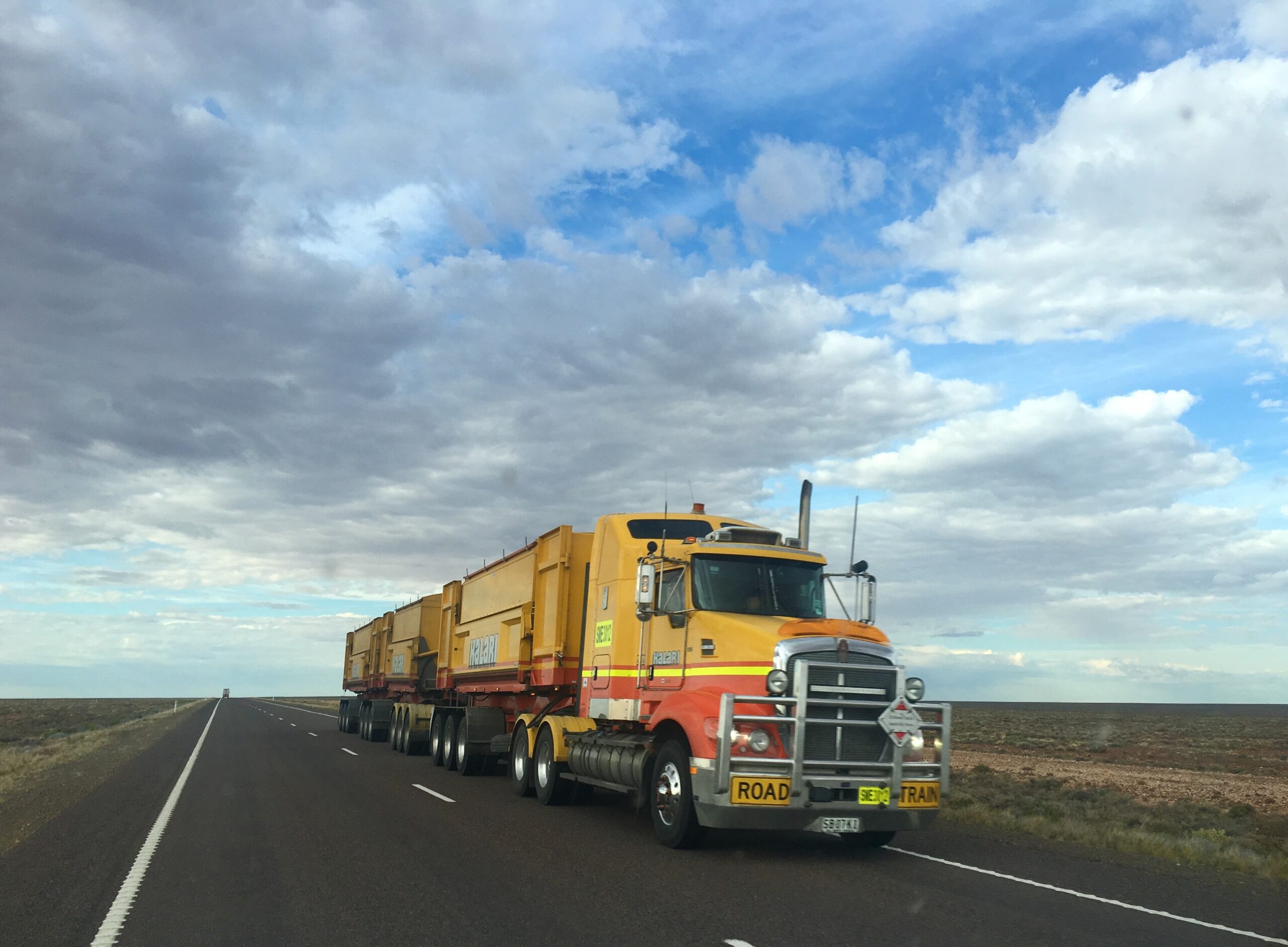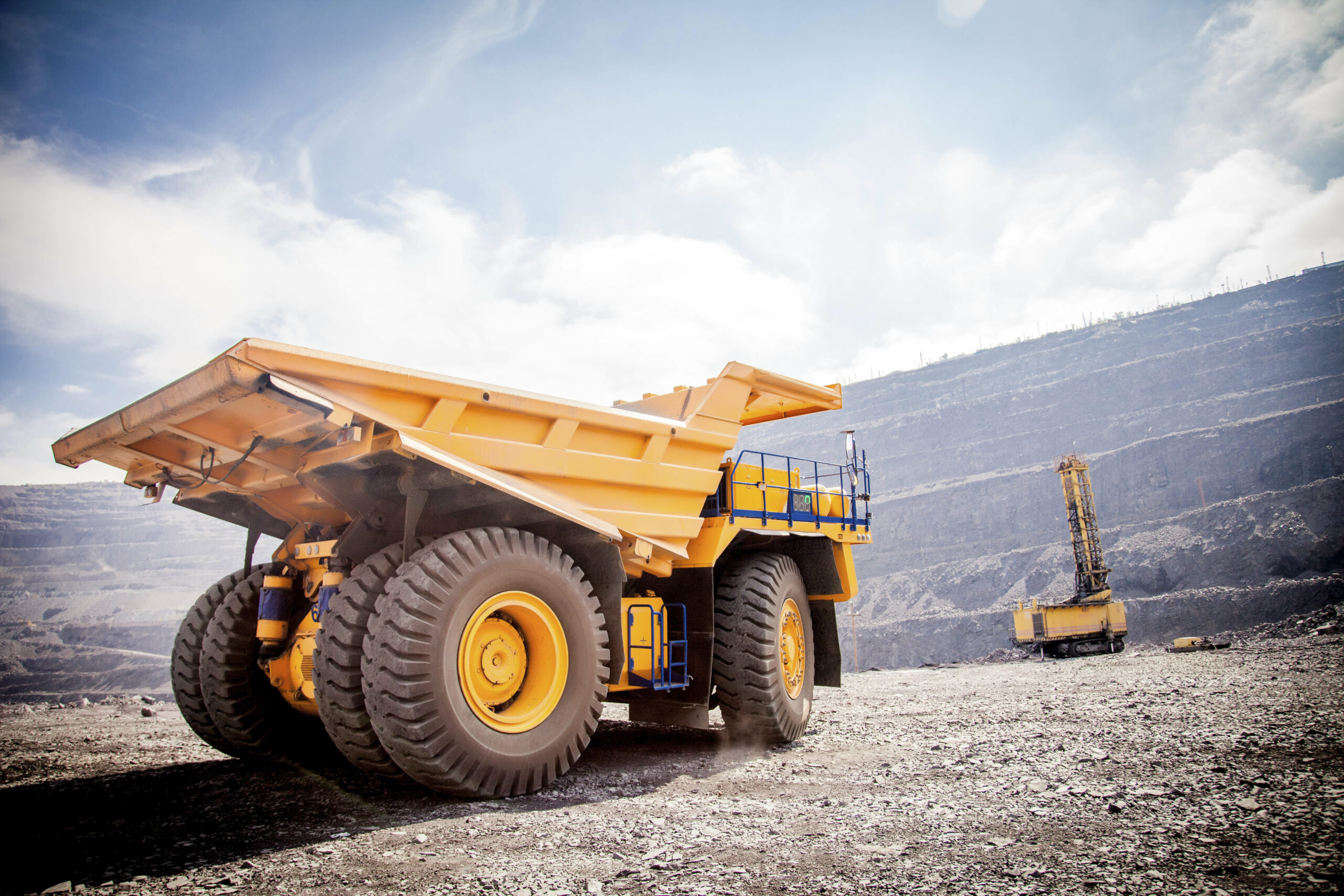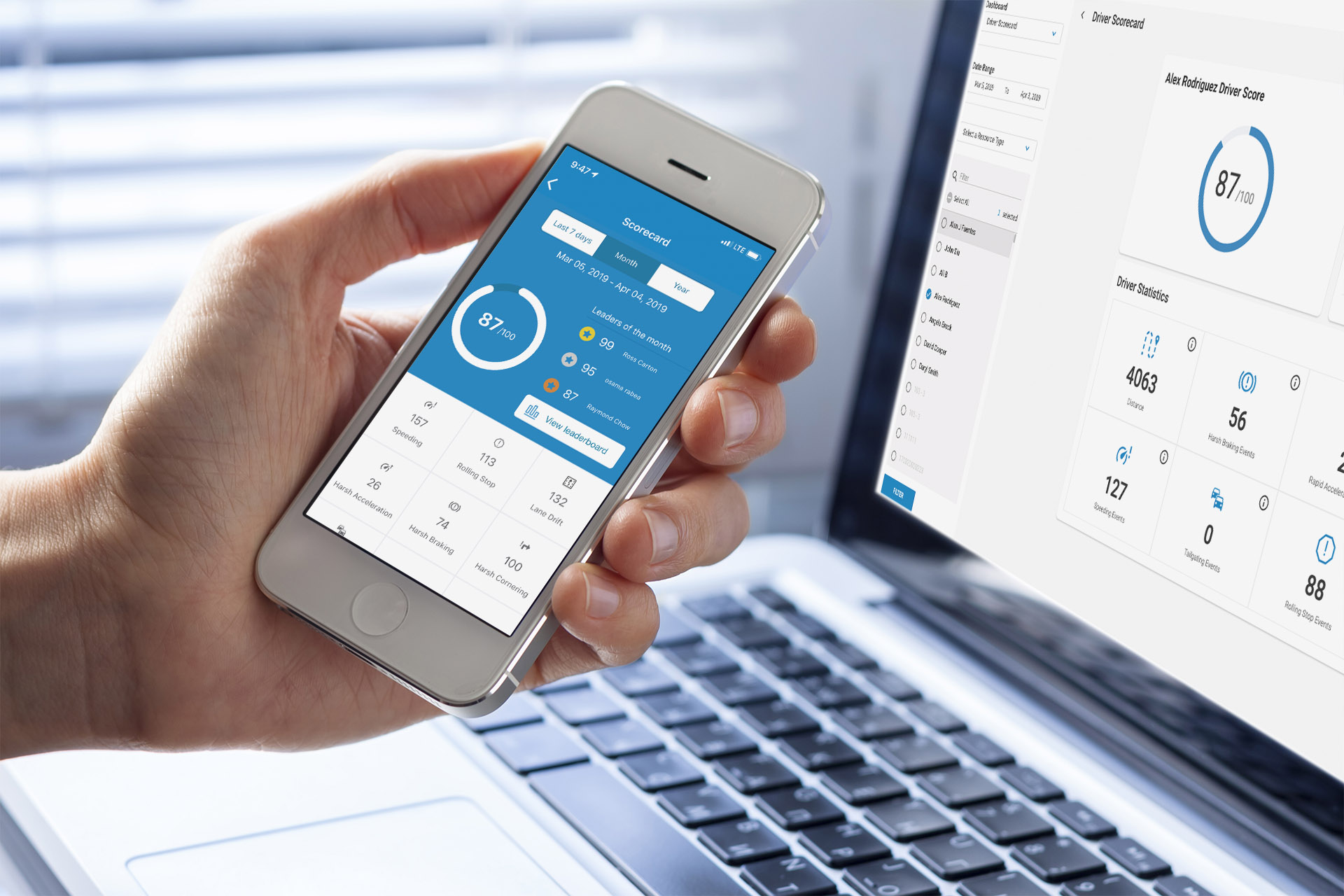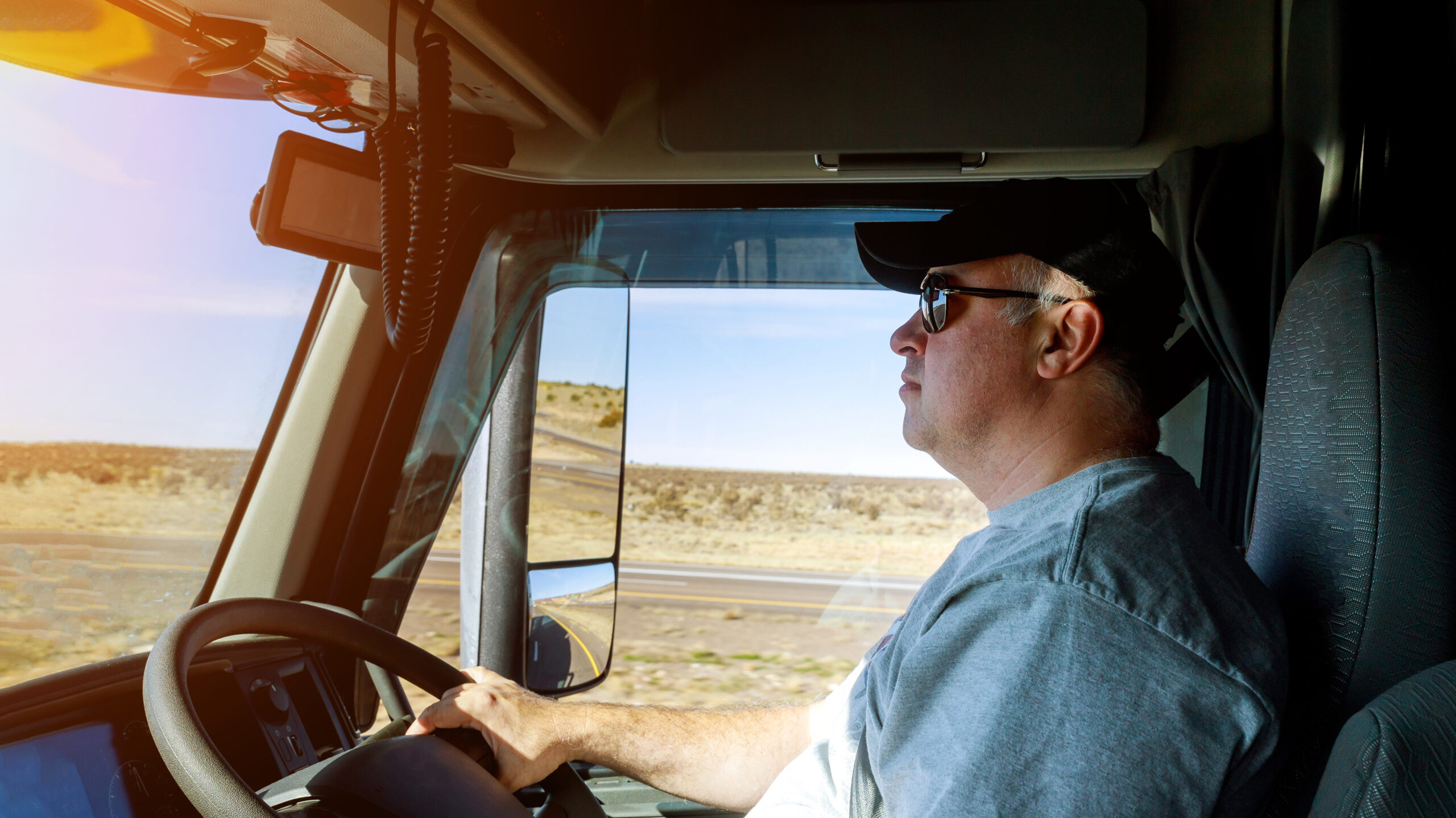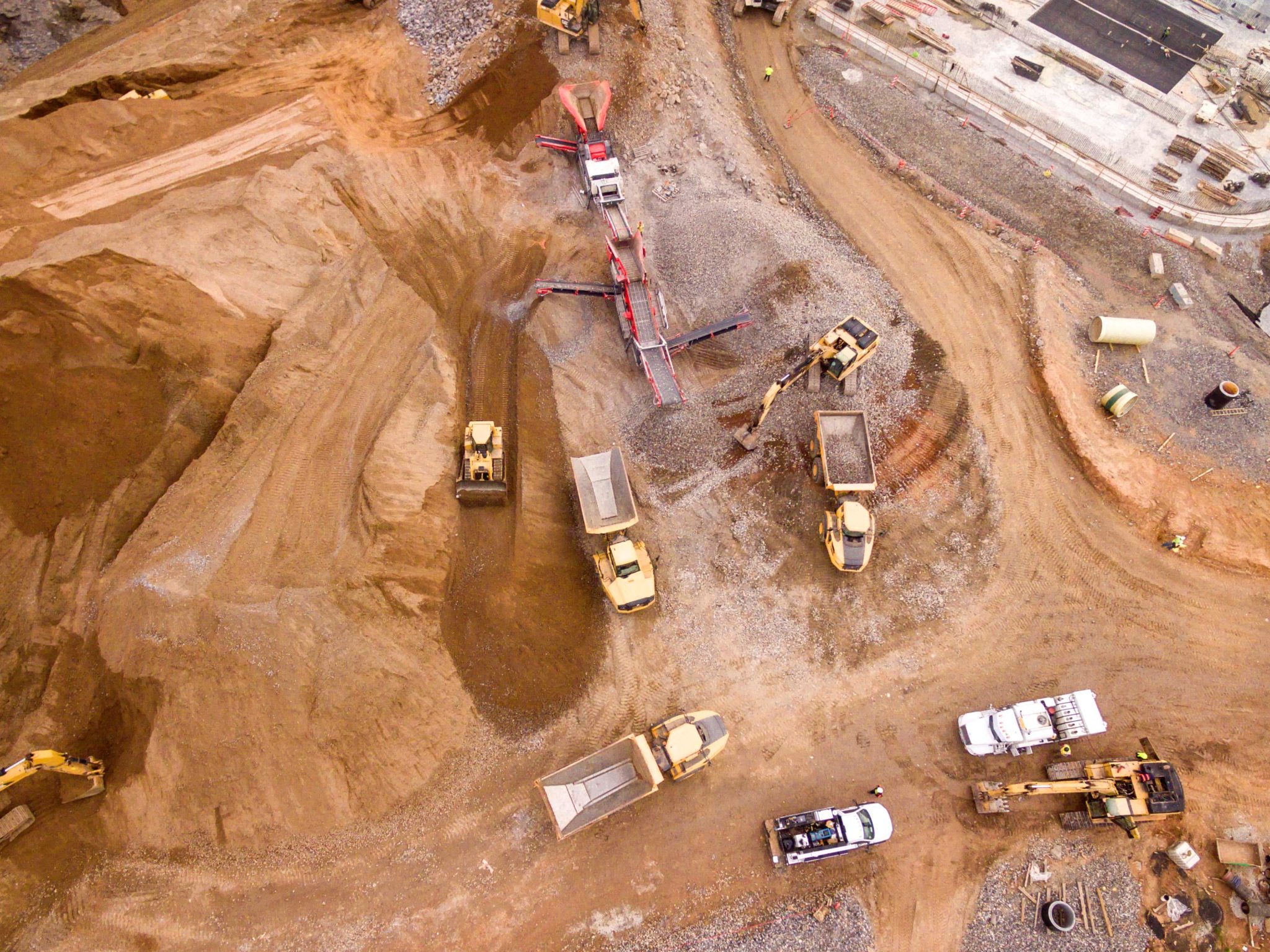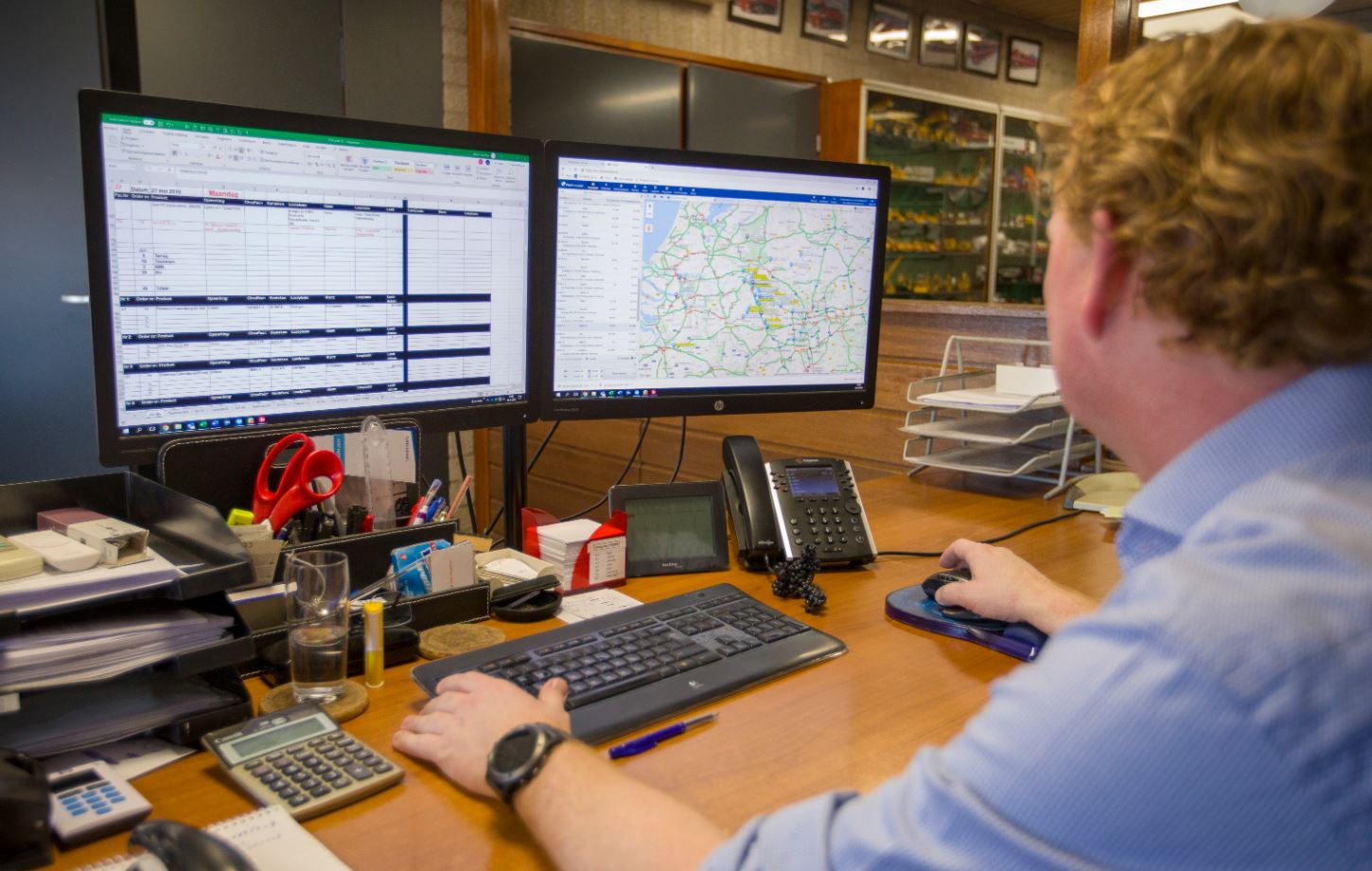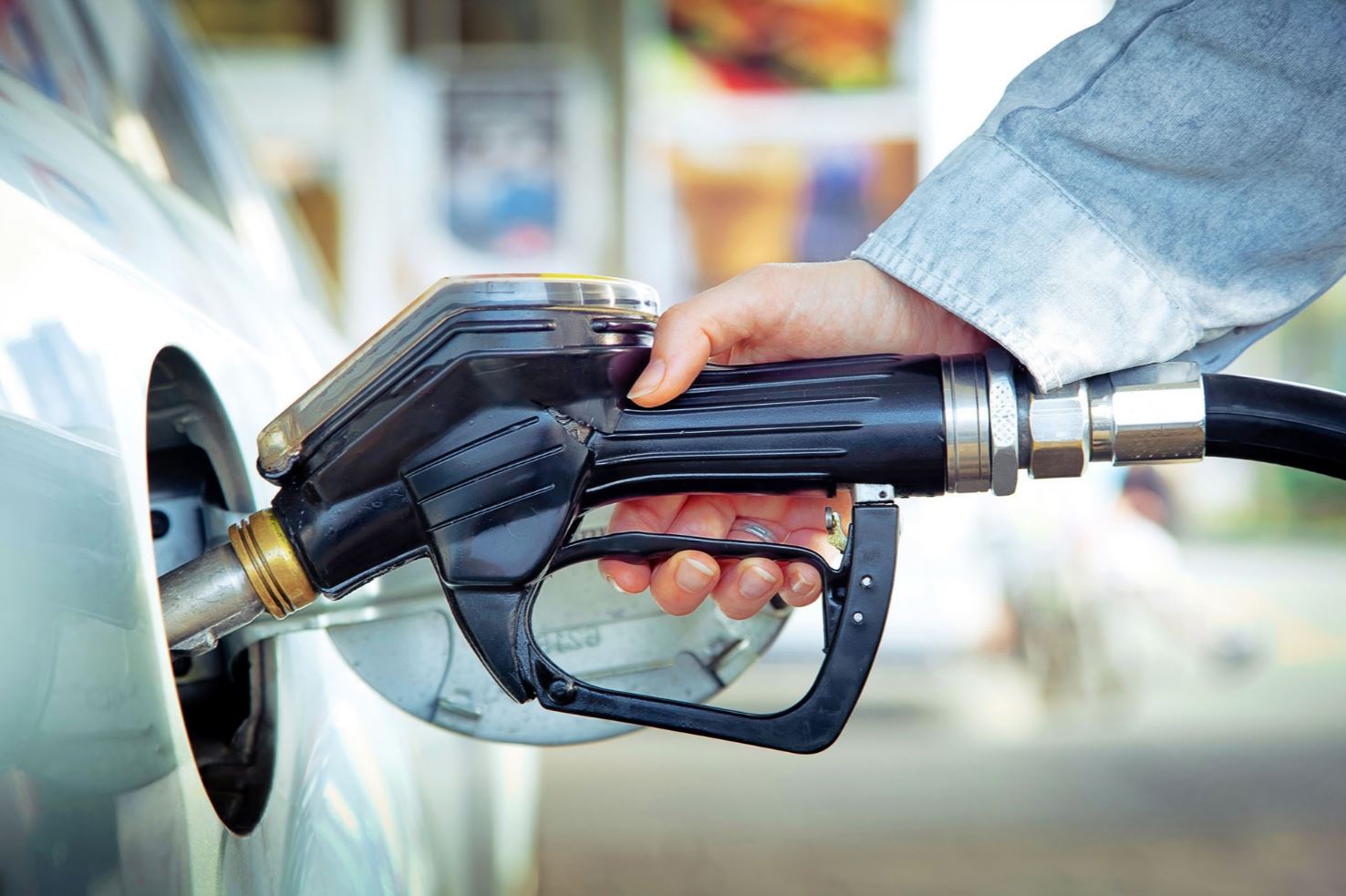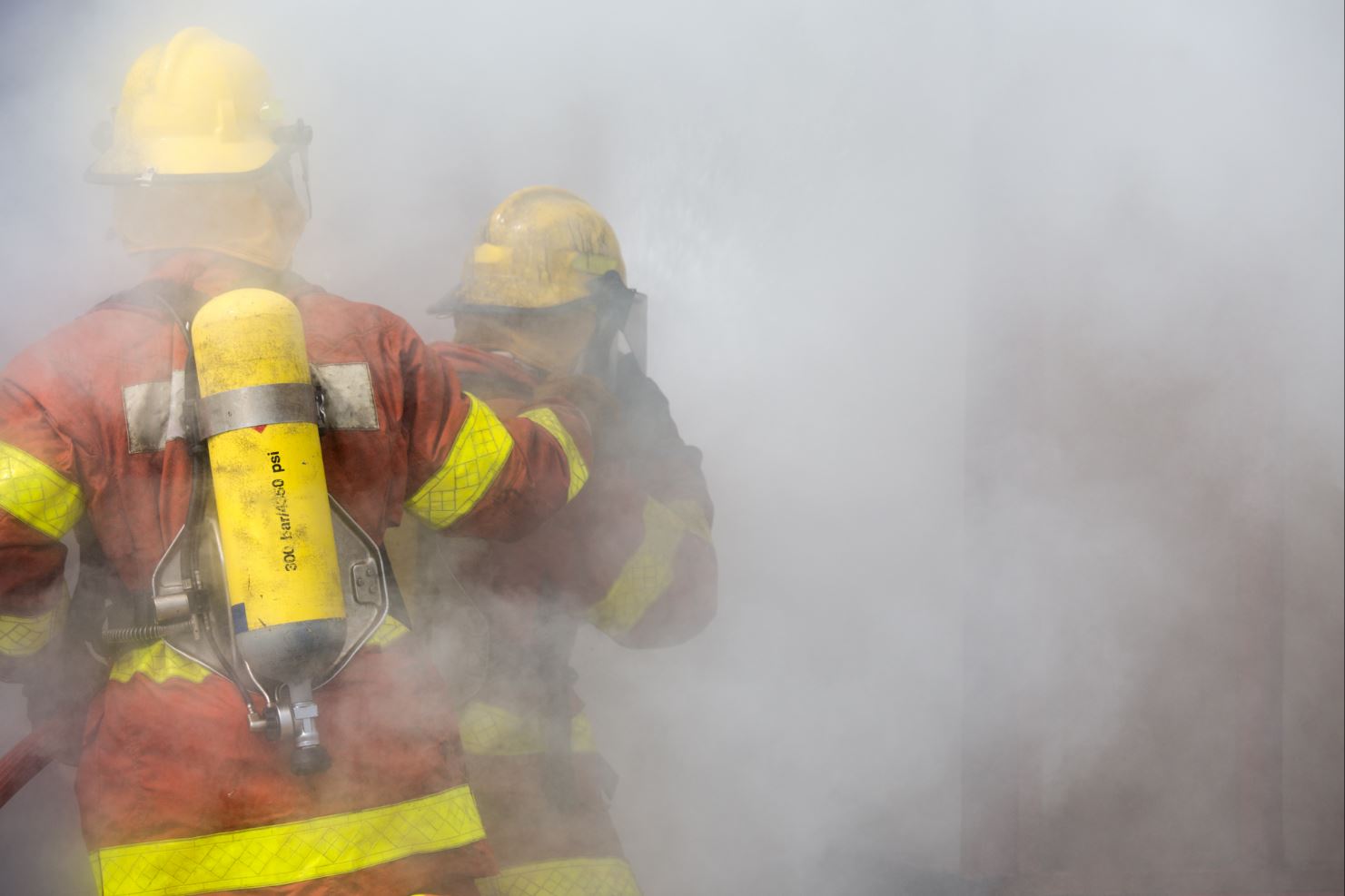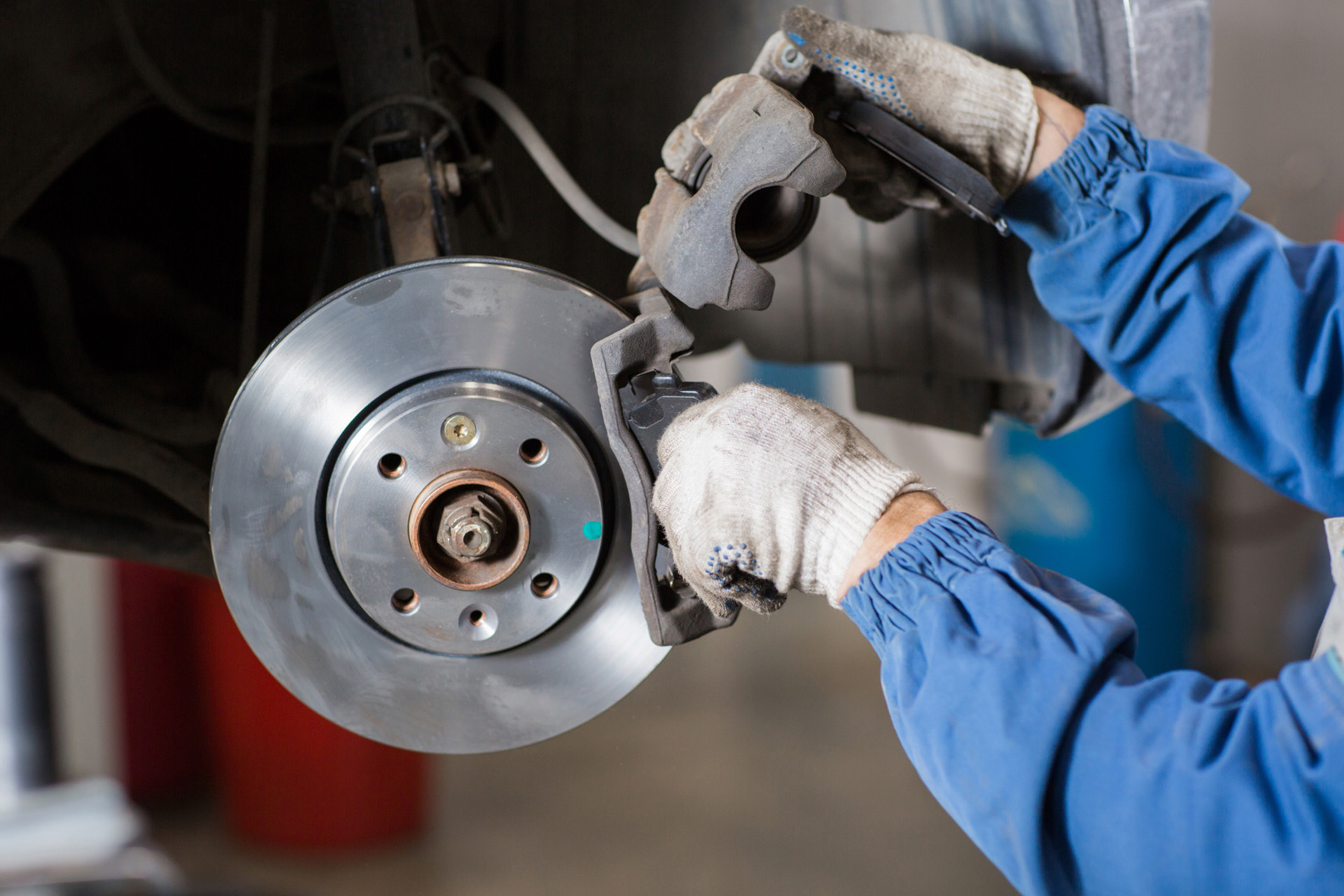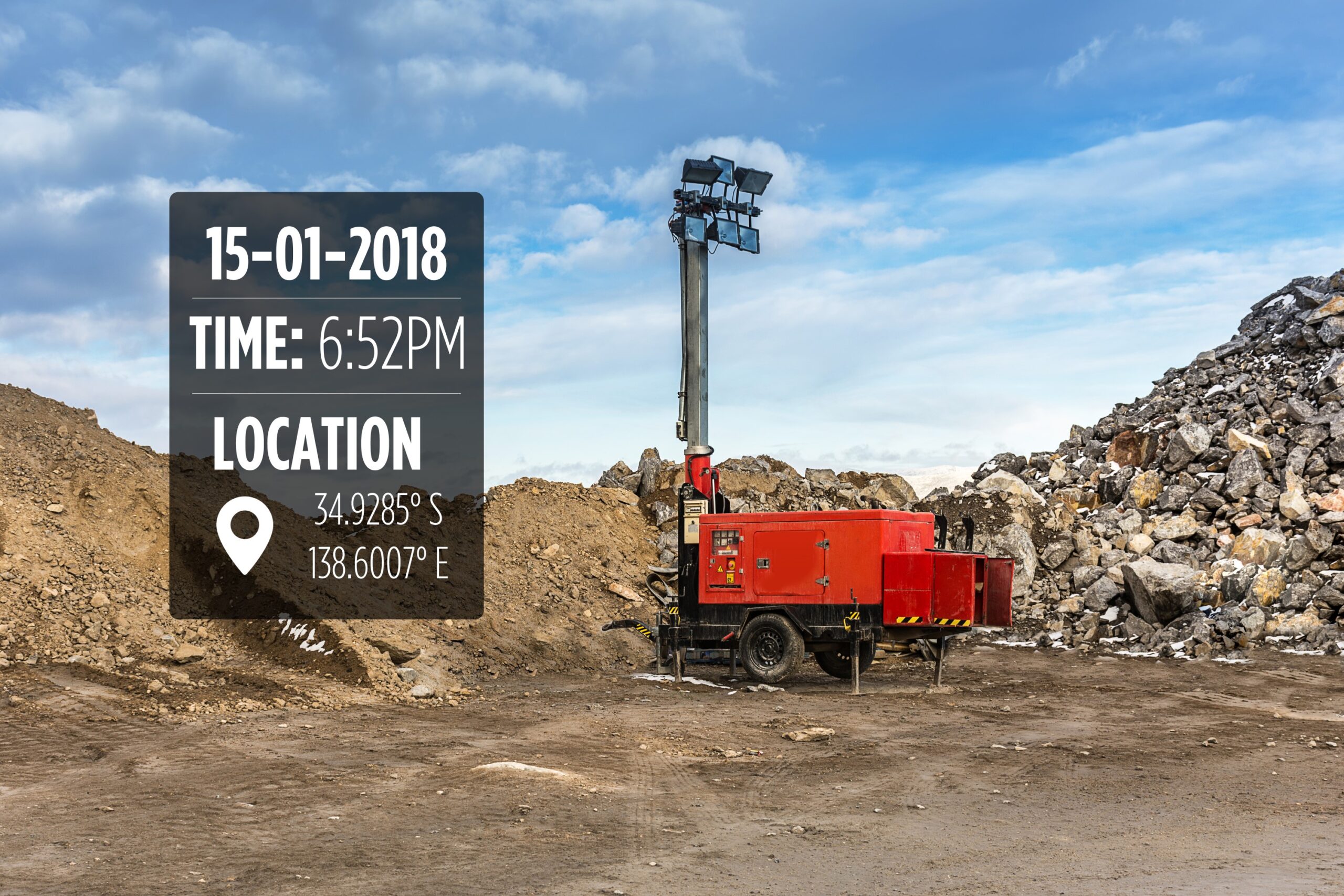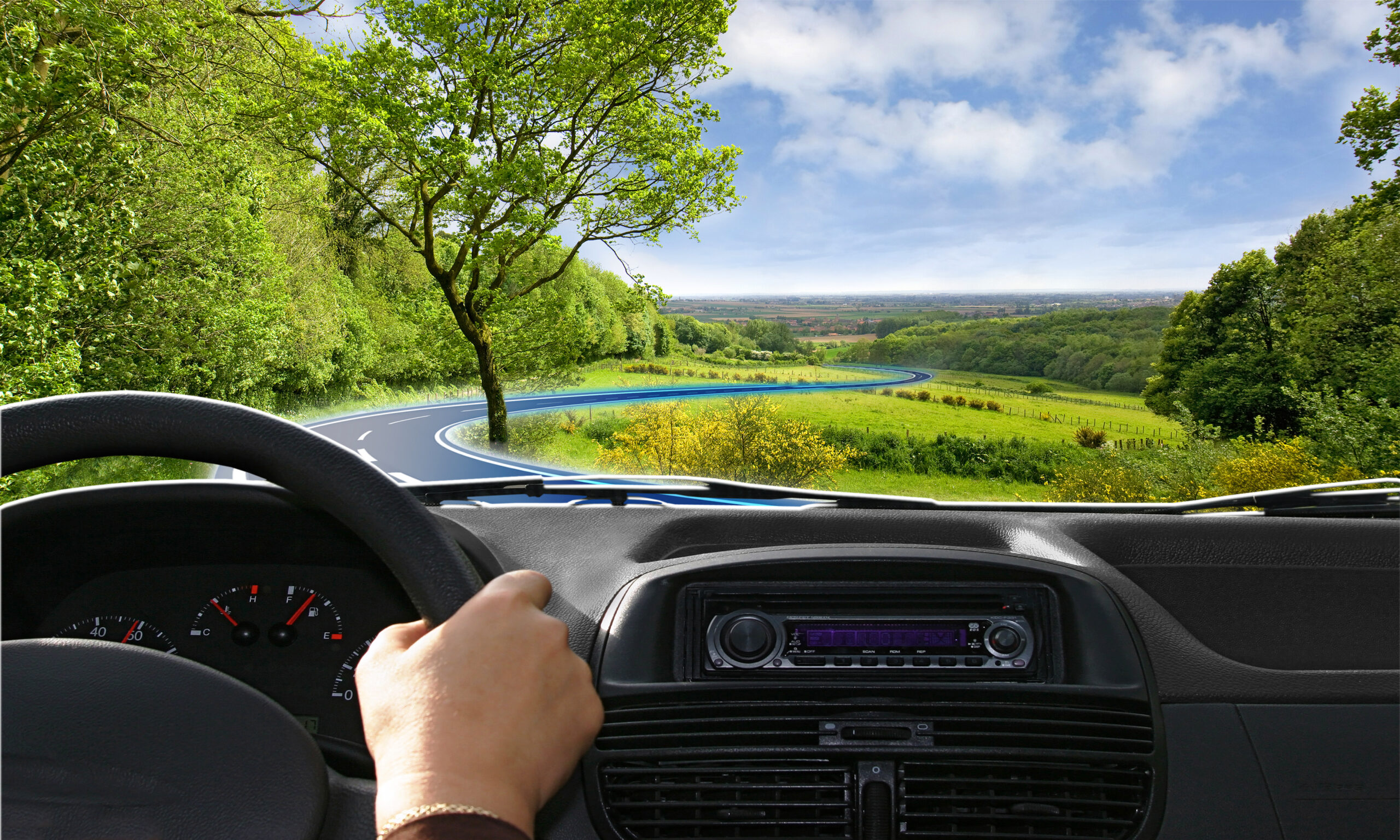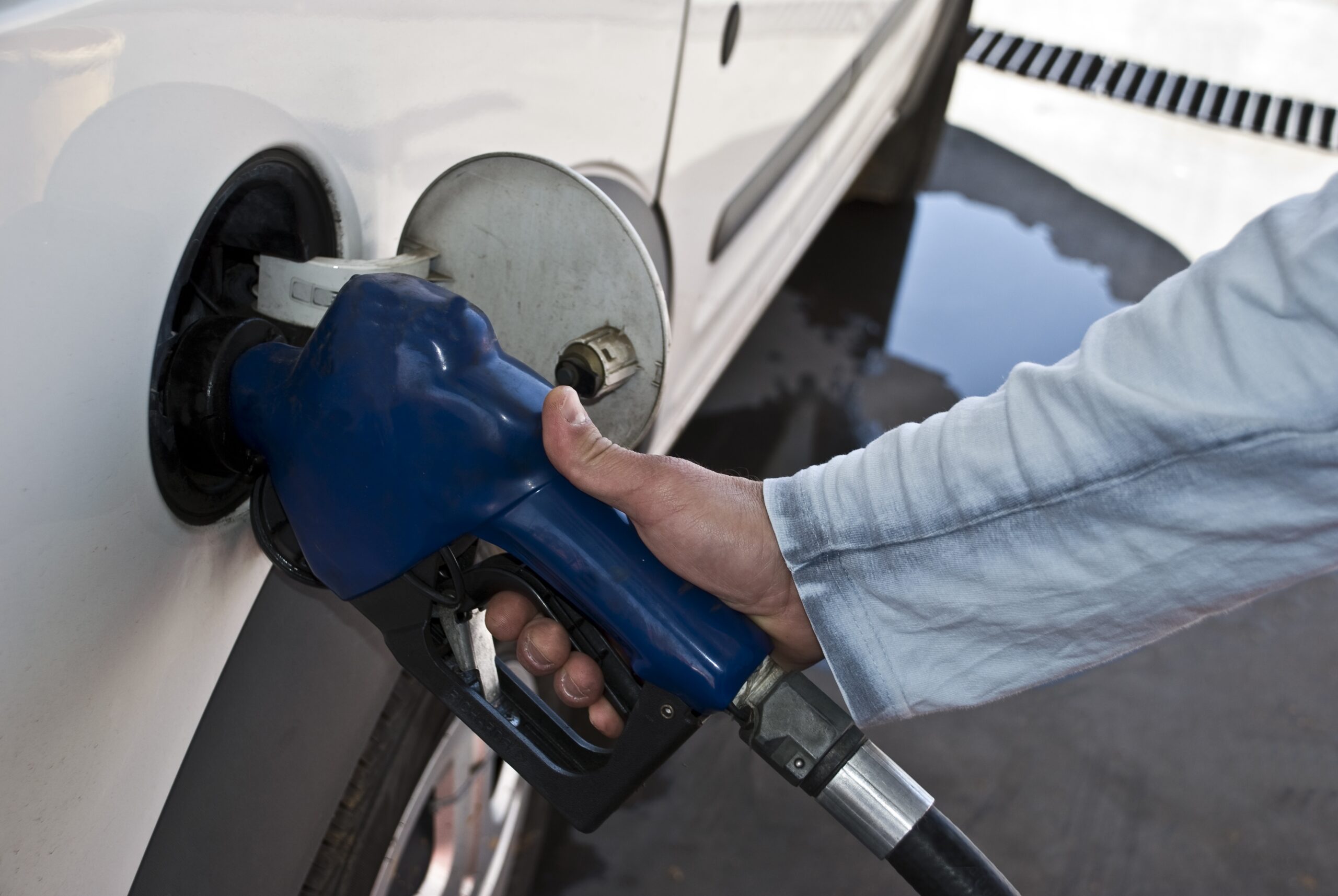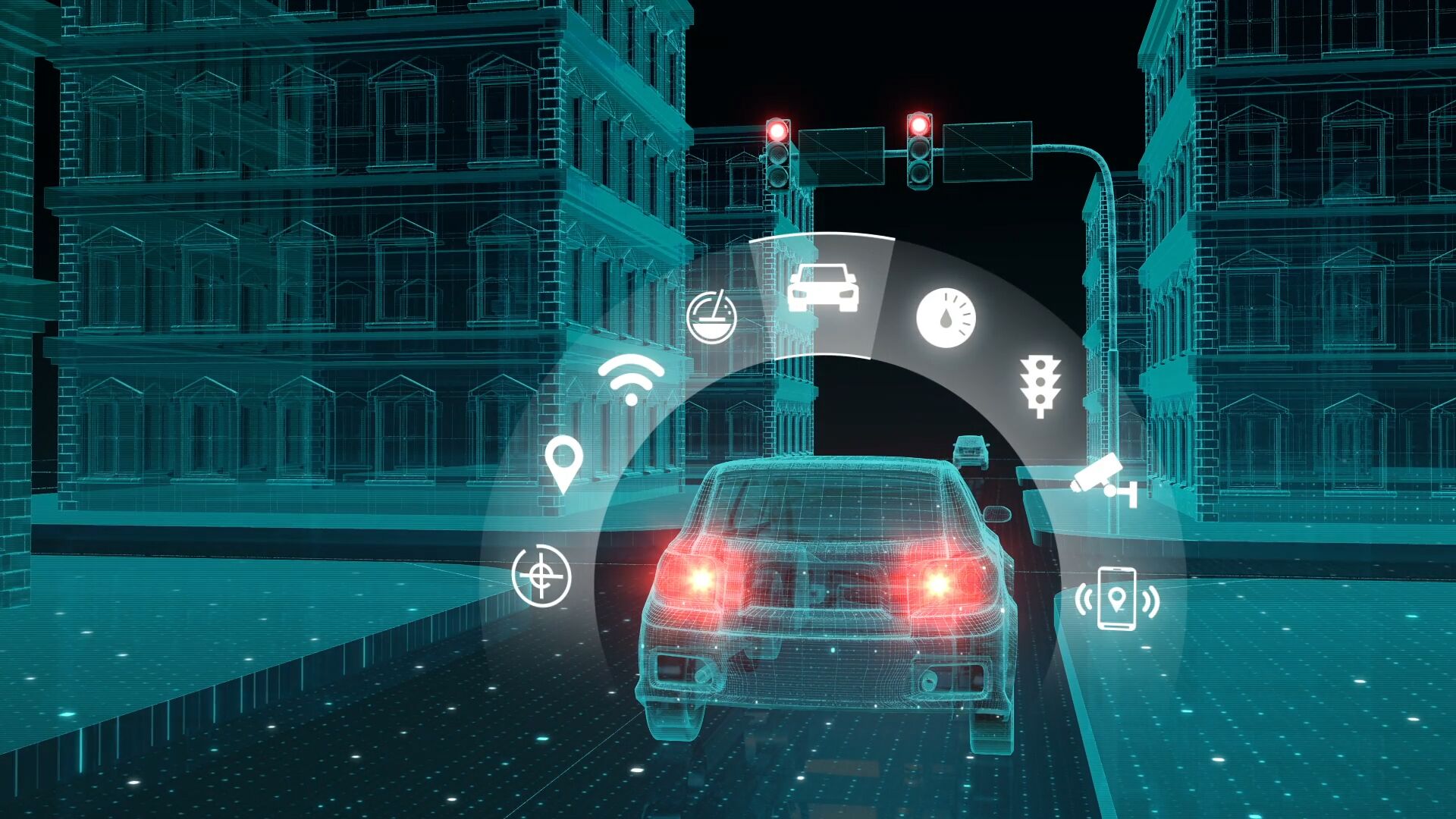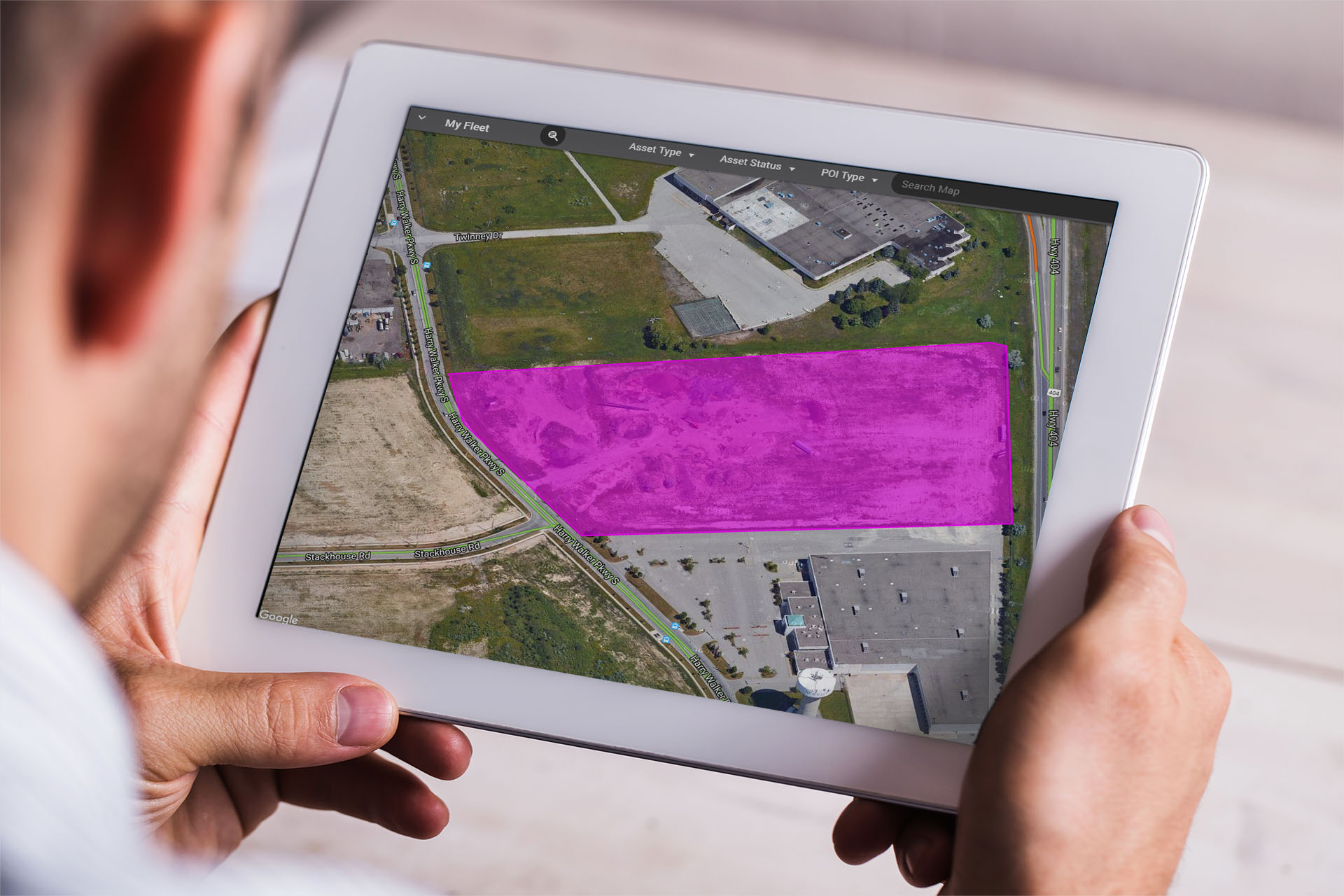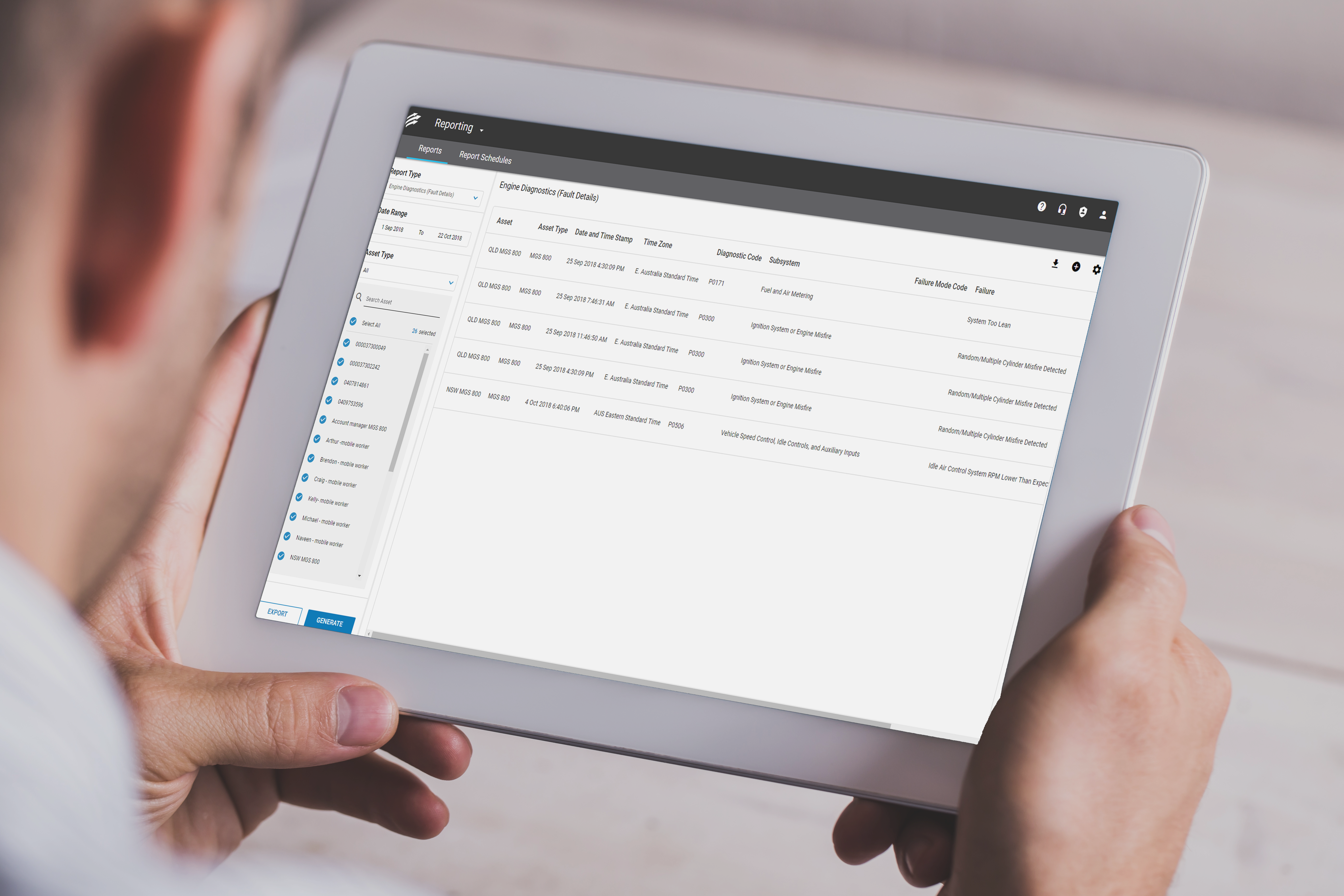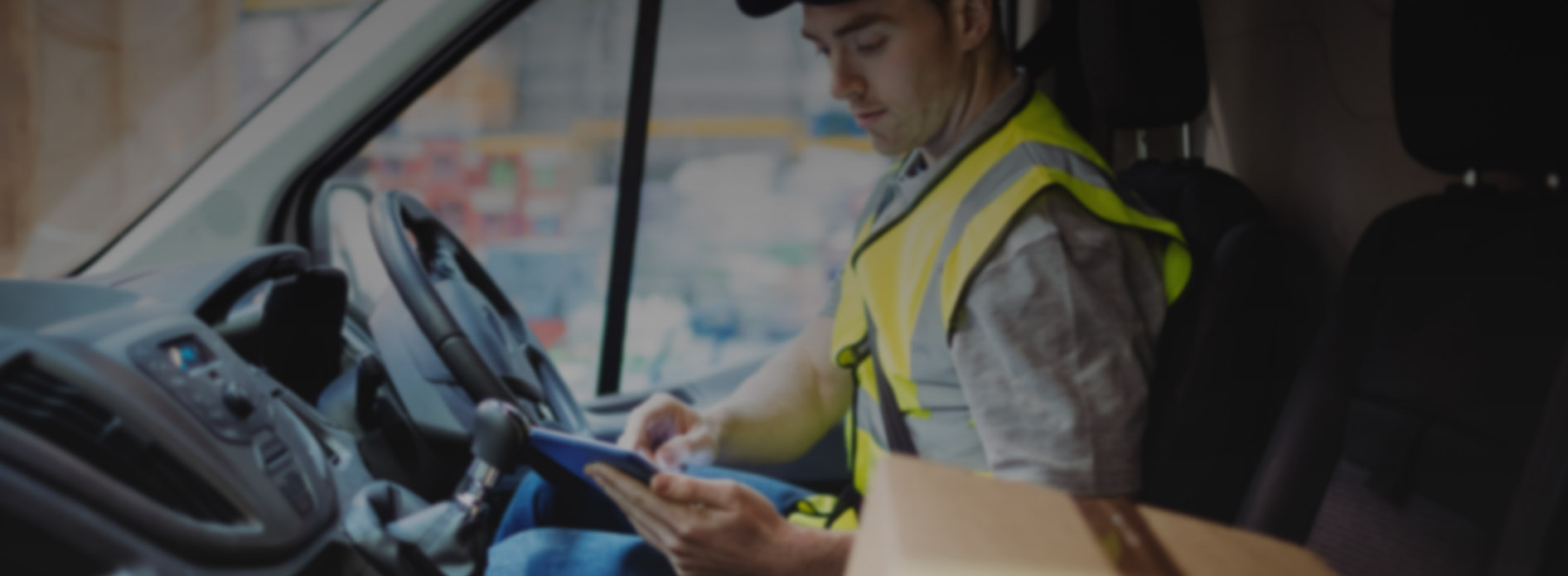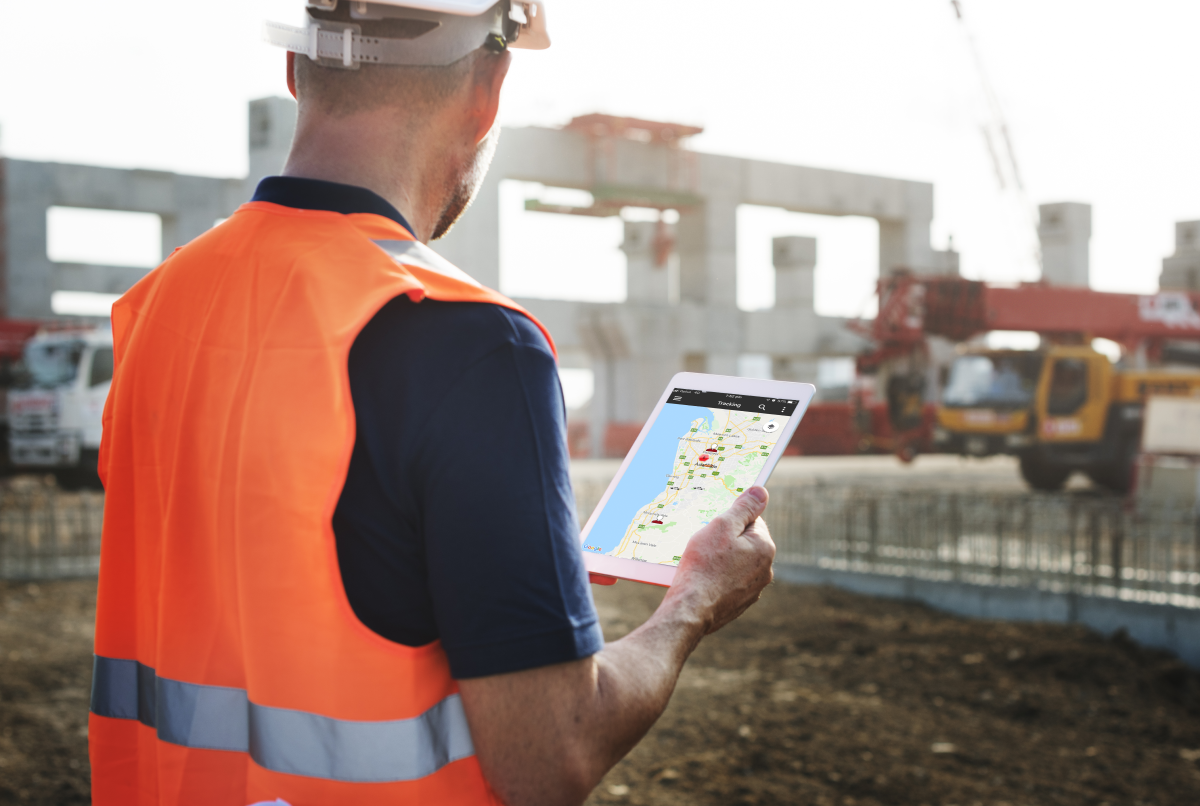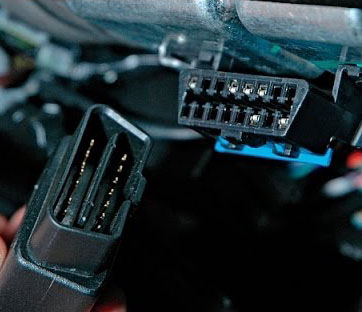
Beyond recovering stolen equipment and guiding drivers in traffic, GPS tracking has more to offer than you might think.
From treks up Mount Everest to one of Europe’s most prestigious boat races, this post will outline some creative ways companies and individuals are using their GPS software.
Traditional Benefits of GPS Tracking
Before we dive into its more creative uses, let’s take a closer look at the traditional benefits of GPS tracking software.
When we think about GPS tracking, we usually think of car satellite navigation. However, GPS tracking devices aren’t limited to just vehicles – rather, they can be used to track many of a business’s assets, from equipment to cargo.
When it comes to fleet management, the ability to use GPS tracking devices on different resources comes in handy for a variety of things, including:
1. Recovering Stolen Assets
With real-time updates and tracking, GPS software instantly transmits location data you can use to locate equipment and vehicles faster – making recovery much more likely.
2. Gather Insights from GPS Data
From route planning to locating the nearest emergency equipment in case of a breakdown, GPS software provides you with valuable statistics and data to inform your business decisions.
3. Deter Thieves
If a thief knows there’s a GPS tracker on your vehicle or equipment, they’ll think twice before stealing it.
While these are the more conventional advantages of GPS tracking, the benefits don’t end there.
Creative Uses of GPS Tracking
Let’s take a look into some of the more creative and unconventional ways tracking technology is being put to use.
1. Mapping Our Everest Climb Trek
Trekking to Mount Everest’s base camp is no small task. Reaching its summit is a whole other ball game.
We GPS-tracked endurance athlete Georgios Tsianos in his second attempt at climbing to Everest’s 29,000-foot-high summit.

Facing dizzying heights, altitude sickness, icefall, deadly crevasses, frostbite, and extreme weather, he had quite a challenge ahead of him.
But before he got started, Georgios had to oversee the LMAX Rugby Challenge at the Tibetan Advanced Base Camp, a Guinness world record attempt for the highest altitude rugby game ever played.
Equipped with a mobile tracker, we could follow his journey – from scaling Everest to rugby games at the Advanced Base Camp and beyond.
2. Race-Ready and Making Waves
Fleet Complete brought the benefits of GPS tracking to BKOffshore, a world-famous boat race.
The Belgian Offshore Powerboats and Aquabikes Championship served as an excellent opportunity to push the creative boundaries of how to use GPS tracking.
Fleet Complete equipped powerboats and jet skis with GPS trackers so their locations could be tracked in real-time. Spectators could then follow the boats as they raced across the open water.

Whether your fleet operates on land or water, our watertight tracker can help you outpace the competition.
Simply attach the AT1 Tracker to your watercraft, then monitor its whereabouts in real-time on the platform – even when it’s out of the port.
3. A Beacon of Visibility in Highly-Remote Locations
Many industries use equipment in remote locations where constant monitoring is difficult.
Oil companies, for example, frequently work in dangerous and remote areas, meaning lots of expensive equipment is hard to reach but needs to be accounted for as it can be vital for keeping workers safe and the success of a project.
This is where GPS trackers come in handy.
One of our customers in the oil industry uses solar-charged LED light towers at their remote site to light the way for their workers. With safety at the top of mind, keeping track of them becomes a priority.
Using the Asset Tracker 1 Solar, our customer can monitor the lighting systems – regardless of where they are located in relation to the site – to ensure they’re where they need to be at all times and in working order to continue keeping employees safe.
The best part? Our AT1 Solar is equipped with a rechargeable battery and a small solar panel perfect for tracking items in remote locations. It also features customisable reporting, meaning you can check in with your equipment day-by-day or in real-time.
Fleet Complete’s AT1 Tracker: 3 Key Features
From traditional use-cases to more creative endeavors, Fleet Complete’s AT1 tracker is built for a wide variety of operations. Here are some of the key features that provide its versatility and efficiency:
An End-to-End Solution
The AT1 goes beyond the capabilities of a traditional tracker. It also comes with cloud capabilities, an app, and a customer support team on hand to help you get the most out of your device.
Sensor Data at Your Fingertips
Equipped with humidity, temperature, and impact sensors, the AT1 provides detailed information on your assets without having to be onsite yourself.
Automatic Updates
Running on the LTE-M network—the first network on a dedicated spectrum that is optimized for IoT devices—our AT1 device automatically sends updates back to head office over the air, helping you ensure every vehicle and piece of equipment is where it should be. All you need is a smartphone to locate and check the status at any time.
Fleet Complete’s AT1 Tracker is built to withstand some of the harshest conditions in the field. If you want to find out how fleet management software can help you track your assets, learn more by requesting our Fleet Complete demo and tell our experts about your goals.
If you found this article helpful, please share it on social media via the links below.










